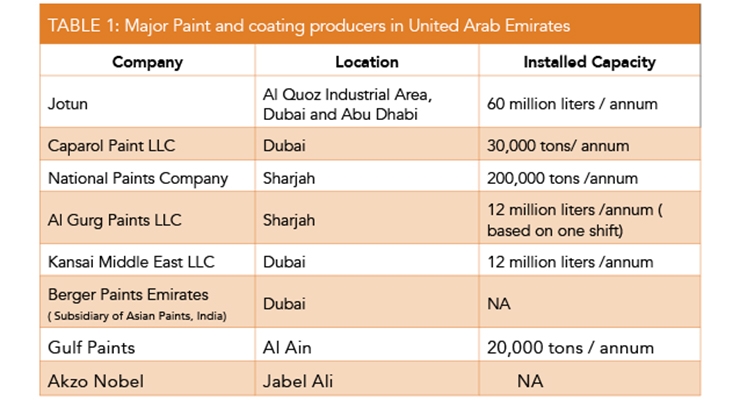How Climate Condition Can Impact Your Outside Paint Task
How Climate Condition Can Impact Your Outside Paint Task
Blog Article
https://interior-house-painters-n16666.losblogos.com/33019883/a-comprehensive-guide-for-beginners-on-rejuvenating-your-home-through-paint By-Mosegaard Mohammad
Comprehending exactly how weather conditions can affect the result of an external paint endeavor is critical for attaining a perfect finish. From temperature level fluctuations changing paint adhesion to humidity levels influencing drying times, each element of weather condition plays a substantial function in the success of your project. Furthermore, wind rate and rainfall can introduce unexpected difficulties that may endanger the top quality of the result. As https://interiorhomepaintersnearm08753.eedblog.com/33987728/explore-the-transformative-impact-of-home-painters-exposing-how-their-phenomenal-workmanship-can-transform-your-home-into-a-fascinating-masterpiece browse through the nuances of climate's impact on exterior painting, it comes to be apparent that precise planning and critical timing are important for ensuring a specialist and resilient outcome.
Ideal Temperature Level Range for Paint
When thinking about exterior painting tasks, the suitable temperature level array plays an important duty in achieving ideal results. Paint in the appropriate temperature level conditions makes certain that the paint sticks effectively to the surface, dries out uniformly, and cures efficiently. Usually, the suggested temperature array for exterior paint is in between 50 to 85 levels Fahrenheit.
Paint in temperatures listed below 50 degrees Fahrenheit can result in issues such as poor paint adhesion, prolonged drying out times, and an increased probability of splitting or peeling.
On the other hand, paint in temperatures above 85 degrees Fahrenheit can cause the paint to completely dry as well promptly, resulting in blistering, bubbling, and an irregular surface.
To accomplish visit my home page , it is important to check the weather report prior to beginning an exterior painting task. Preferably, objective to paint during light weather with modest temperatures and reduced humidity degrees.
Results of Humidity on Paint Drying
Moisture levels dramatically impact the drying process of paint applied to exterior surfaces. High humidity can lengthen the drying out time of paint, causing prospective problems such as dripping, streaking, or even the formation of bubbles on the repainted surface area. Excess moisture airborne decreases the evaporation of water from the paint, preventing the curing procedure. This is specifically problematic for water-based paints, as they rely on evaporation for drying.
On hallway painting , low moisture levels can additionally impact paint drying out. Exceptionally dry conditions may cause the paint to completely dry as well rapidly, bring about poor attachment and a harsh surface. In such situations, adding a paint conditioner or splashing a great haze of water in the air can assist manage moisture degrees and enhance the painting outcome.
To make certain optimum drying out conditions, it is a good idea to repaint when the humidity levels vary between 40% and 50%.
Surveillance humidity levels and taking appropriate measures can aid attain a smooth and resilient paint surface on exterior surface areas.
Wind and Rainfall Factors To Consider
Wind rate and precipitation are vital factors that significantly impact the success of an exterior paint project.
When it pertains to wind, both speed and direction are essential factors to consider. High wind speeds can cause paint to completely dry also rapidly, causing a substandard finish with potential problems like cracking or irregular structure. Furthermore, wind can carry debris that might adhere to the damp paint, resulting in flaws. As a result, painters need to aim to deal with days with light to moderate winds for optimal paint problems.
On the other hand, precipitation, whether rainfall or snow, can be very harmful to the end result of an exterior paint job. Wetness from precipitation can impede paint adhesion, causing peeling off and bubbling over time. It is critical to stay clear of painting during rainy or snowy weather to make certain the longevity and high quality of the paint task. Painters must additionally permit enough time for the surface area to completely dry extensively after any kind of rainfall before commencing or returning to the paint process.
Conclusion
To conclude, weather play a considerable role in the outcome of an outside painting project. The ideal temperature variety, moisture degrees, wind rate, and precipitation all contribute to the success or failing of the paint job.
It is vital to take into consideration these factors and strategy as necessary to ensure correct paint attachment, drying out times, and overall high quality of the completed item.
